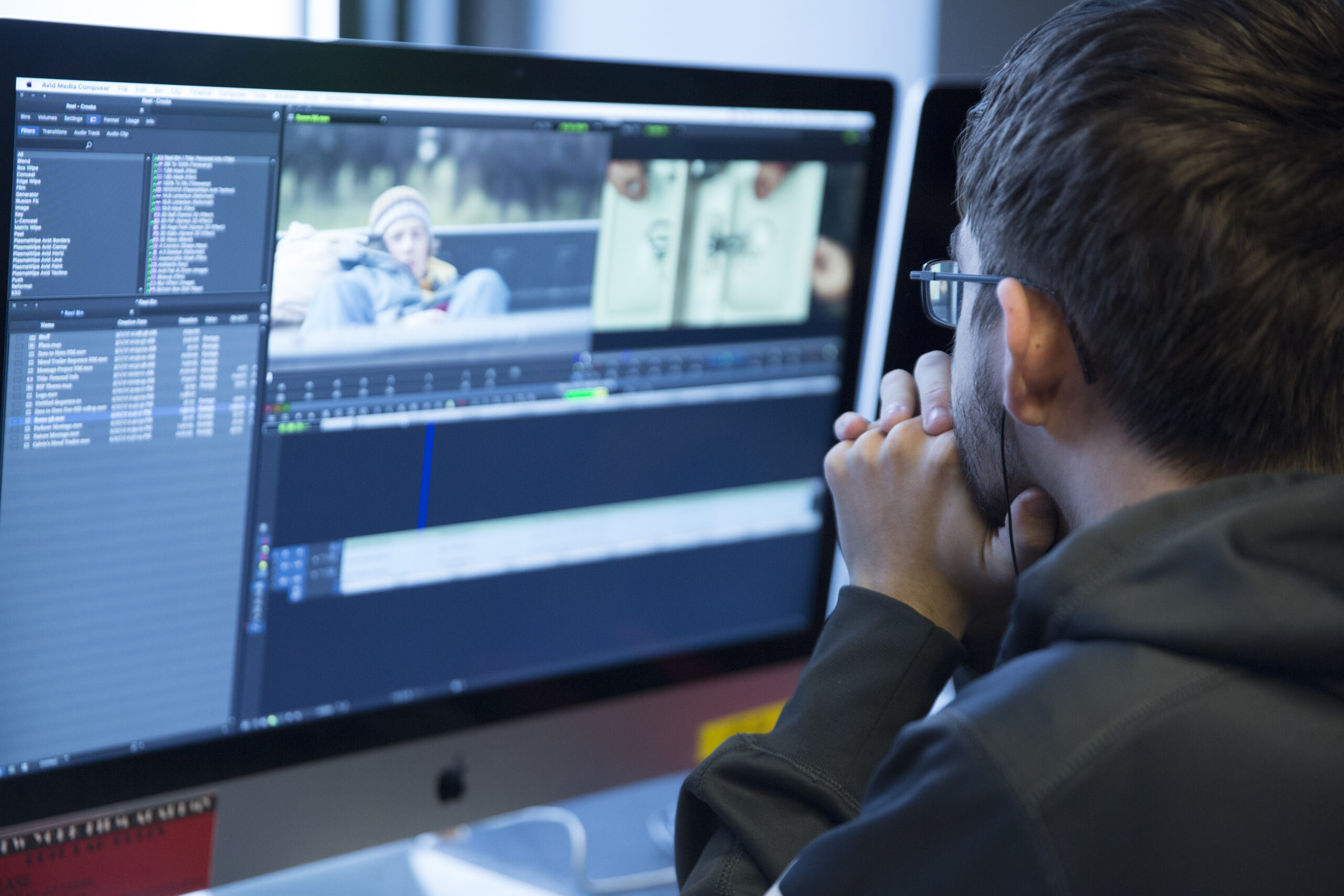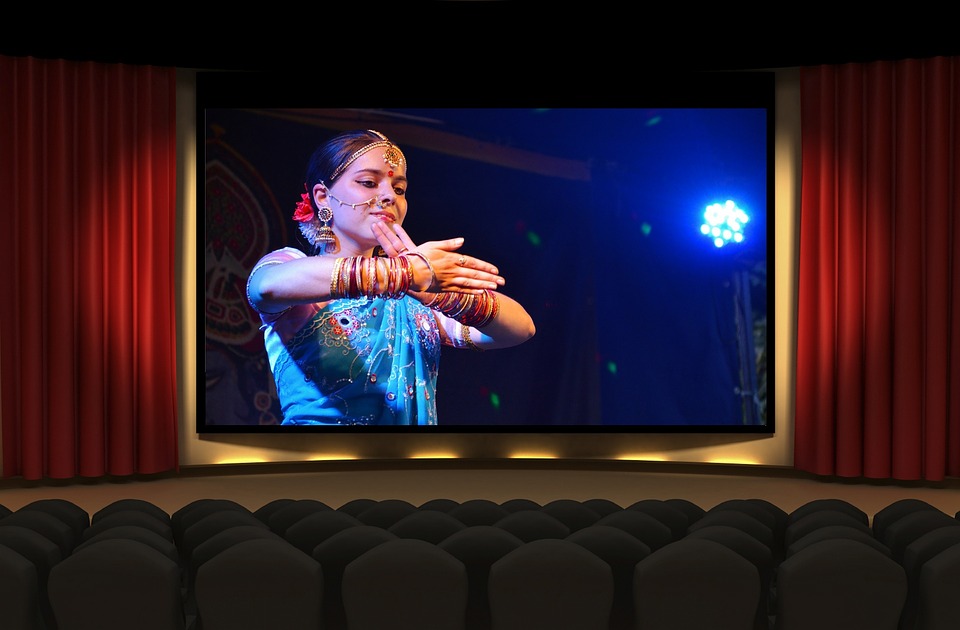There’s a reason why filmmakers don’t just toss together the footage they took and call it a day. This unprepared footage is called rough for a reason — it’s far from what you’d expect to see as the finalized product on the big screen.
While both pre-production and production come with their own challenges, it’s during post-production that all that work is assembled into something high-quality and presentable. Thus, it’s vital that digital editors do their best to turn that rough cut into what will be shown to audiences worldwide.
The following are the four main tasks that an assistant editor and/or digital editor working on a film is responsible for:
1. Logging
Logging is in the domain of the assistant editor. In filmmaking and television production, it’s common for the amount of footage shot to be several times longer than what will actually be used on the final cut. To avoid wasting time searching for specific source shots, the very first stage of post-production involves the assistant editor sorting all the dailies (raw, unedited footage) so that they’re properly labeled, organizing all the footage so that the editor can work more efficiently to make a cut. To help the editor, especially since this is likely the first time they’re looking at the film, directors and cinematographers also will leave notes onto takes to help give context. Remember: films are rarely shot in the order that the movie will actually go.
2. The Editor’s Cut
The editor’s first major task is to start assembling the footage in an order that flows smoothly story-wise. This involves selecting all the best audio and visual material from the dailies and using them to put together each scene. Today’s’ big films usually have an editor doing this even when filming is still taking place. This way, directors and producers can check out the editor’s rough scenes and decide if additional footage needs to be shot. This is also the editor’s opportunity to start trimming off some of the extra footage that’s currently making the film longer than intended.
3. The Director’s Cut
During filming, the director will try finding time to join the editor and offer his suggestions. But once shooting has ended, the director can then focus entirely on working with the editor to refine the cut of the film. This stage, which can last anywhere from 10 weeks to several months, is when the director and editor will reorder, remove, and change every scene and shot with extreme attention to detail. It’s also their chance to discover plot holes and missing shots that require new scenes to be scheduled for filming.
4. The Final Cut
Once the editor, producer, and designer are satisfied with the current cut, the sound, music, and title designers will add to the edit. After music and sound effects are added to the cut and everyone is satisfied, it is sent in for an exact copy to be created. This final cut is what people across the globe will see on their theater and television screens.
Excited about digital editing? Learn more in NYFA’s digital editing programs. <

